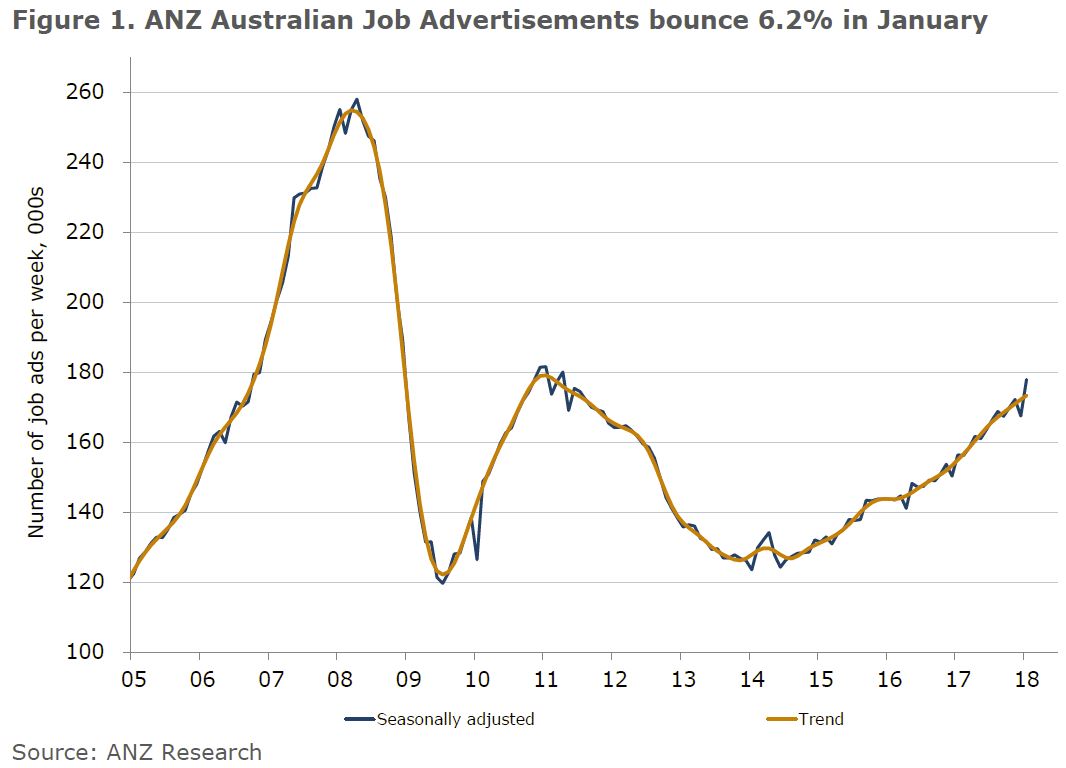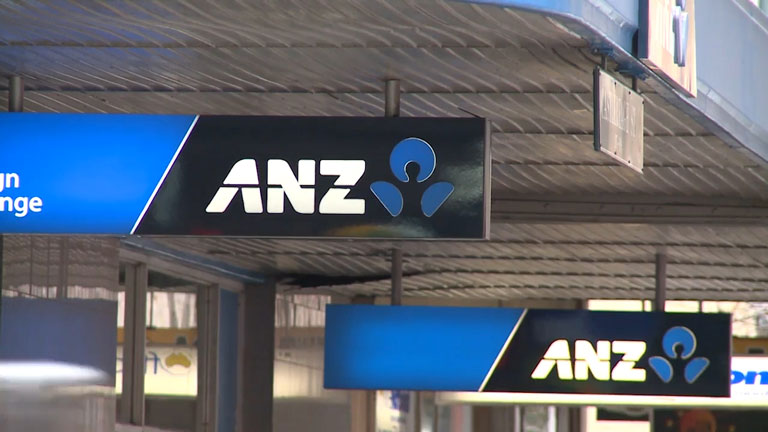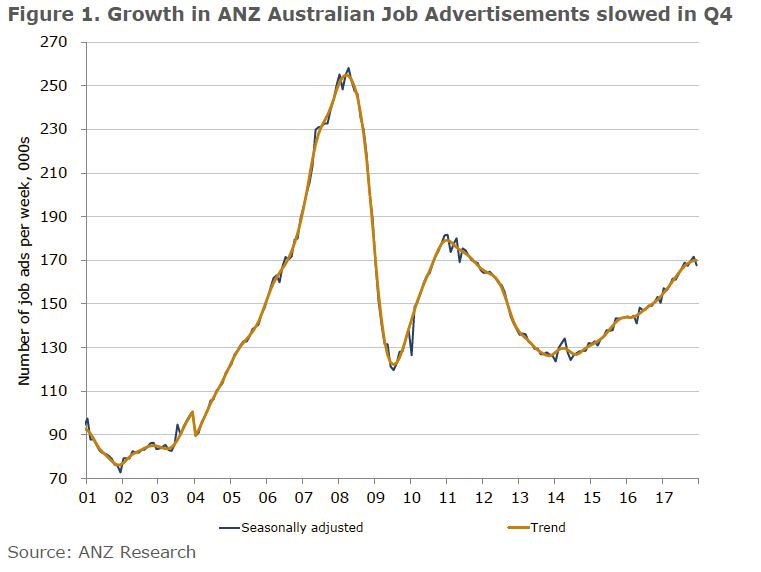An Australian Securities and Investments Commission (ASIC) review of financial advice provided by the five biggest vertically integrated financial institutions has identified areas where improvements are needed to the management of conflicts of interest. 68% of clients’ funds were invested in in-house products.
This highlights the problems in vertically integrated firms, something which the Productivity Commission is also looking at.

The review looked at the products that ANZ, CBA, NAB, Westpac and AMP financial advice licensees were recommending and at the quality of the advice provided on in-house products.
The review was part of a broader set of regulatory reviews of the wealth management and financial advice businesses of the largest banking and financial services institutions as part of ASIC’s Wealth Management Project.
The review found that, overall, 79% of the financial products on the firms’ approved products lists (APL) were external products and 21% were internal or ‘in-house’ products. However, 68% of clients’ funds were invested in in-house products.
The split between internal and external product sales varied across different licensees and across different types of financial products. For example, it was more pronounced for platforms compared to direct investments. However, in most cases there was a clear weighting in the products recommended by advisers towards in-house products.
ASIC noted that vertical integration can provide economies of scale and other benefits to both the customer and the financial institution. Consumers might choose advice from large vertically integrated firms because they seek that firm’s products due to factors such as convenience and access, and recommendations of ‘in-house’ products may be appropriate. Nonetheless, conflicts of interest are inherent in vertically integrated firms, and these firms still need to properly manage conflicts of interest in their advisory arms and ensure good quality advice.
ASIC will consult with the financial advice industry (and other relevant groups) on a proposal to introduce more transparent public reporting on approved product lists, including where client funds are invested, for advice licensees that are part of a vertically integrated business. ASIC noted that any such requirement is likely to cover vertically integrated firms beyond those included in this review. The introduction of reporting requirements would improve transparency around management of the conflicts of interests that are inherent in these businesses.
ASIC also examined a sample of files to test whether advice to switch to in-house products satisfied the ‘best interests’ requirements. ASIC found that in 75% of the advice files reviewed the advisers did not demonstrate compliance with the duty to act in the best interests of their clients. Further, 10% of the advice reviewed was likely to leave the customer in a significantly worse financial position. ASIC will ensure that appropriate customer remediation takes place.
Acting ASIC Chair Peter Kell said that ASIC is already working with the major financial institutions to address the issues that have been identified in the report on quality of advice and management of conflicts of interest.
‘There is ongoing work focusing on remediation where advice-related failures have led to poor customer outcomes, and the results of this review will feed into that work,’ said Mr Kell.
ASIC is already working with the institutions to improve compliance and advice quality through action such as:
- improvements to monitoring and supervision processes for financial advisers; and
- improvements to adviser recruitment processes and checks.
ASIC will continue to ban advisers with serious compliance failings.
ASIC highlighted that the findings from this review should be carefully examined by other vertically integrated firms. ‘While this review focused on five major financial services firms, the lessons should be considered by all vertically integrated firms in the financial services sector.’
Download the report








